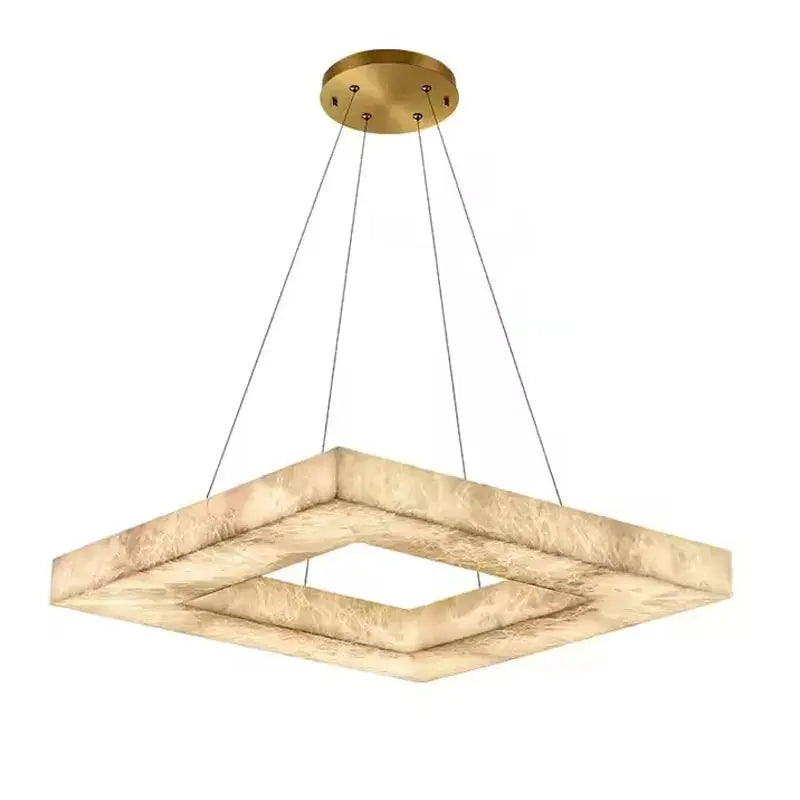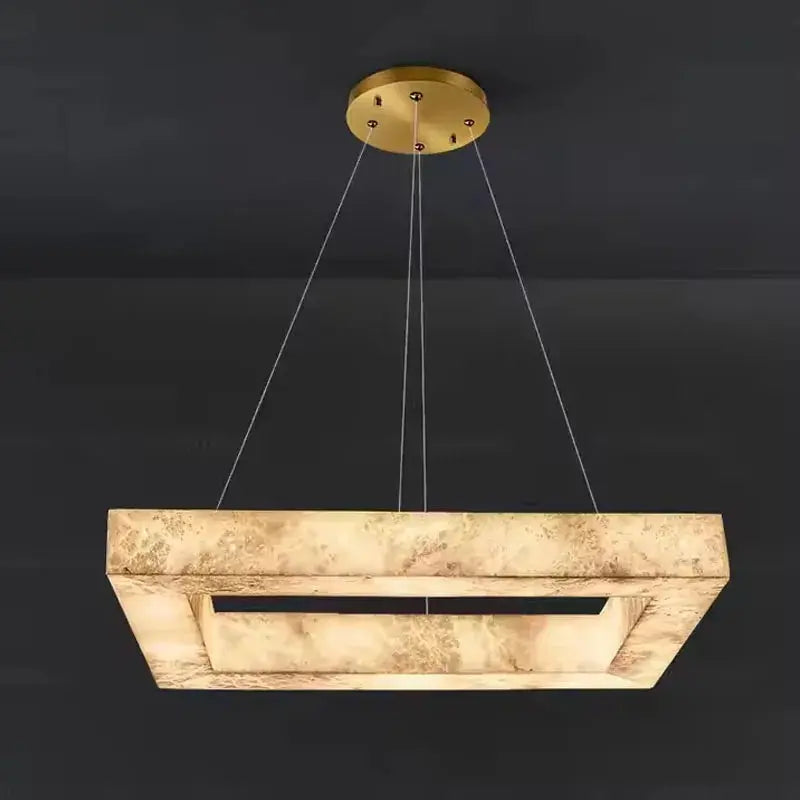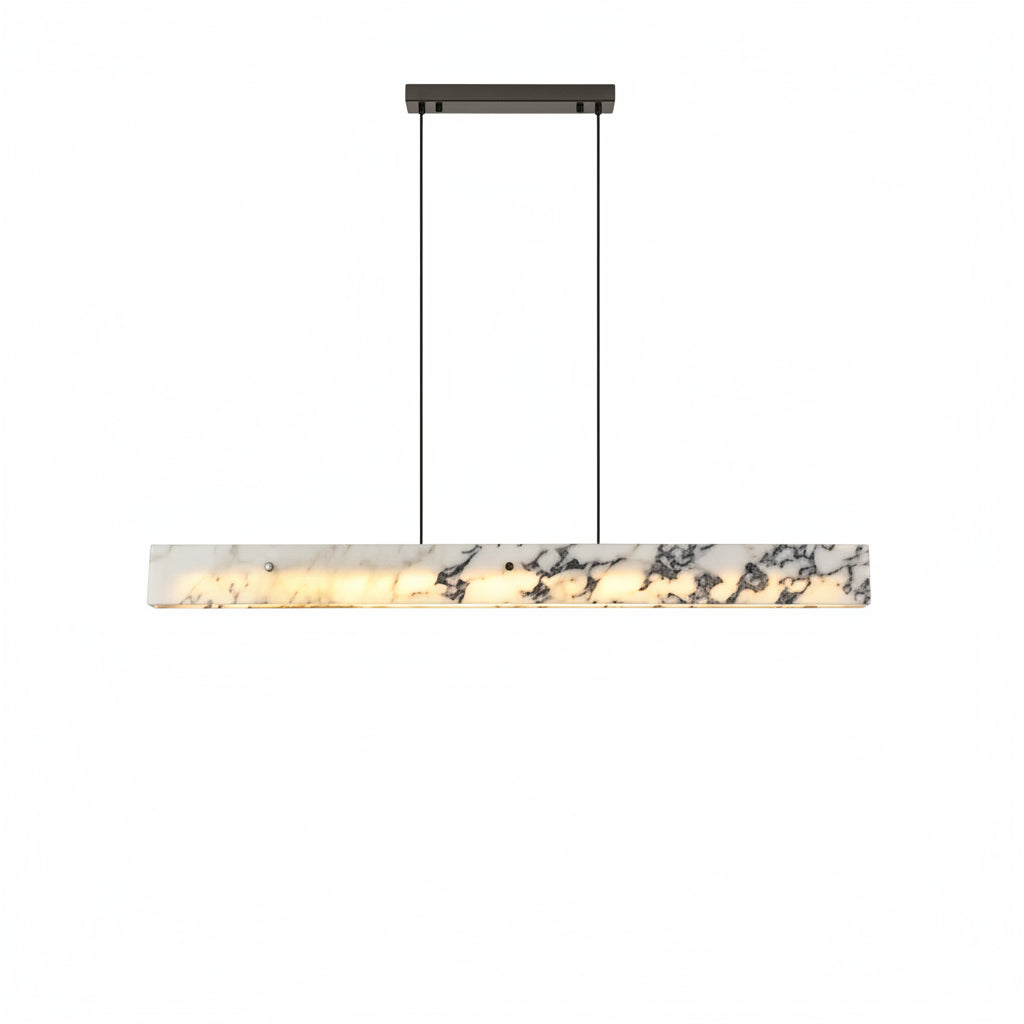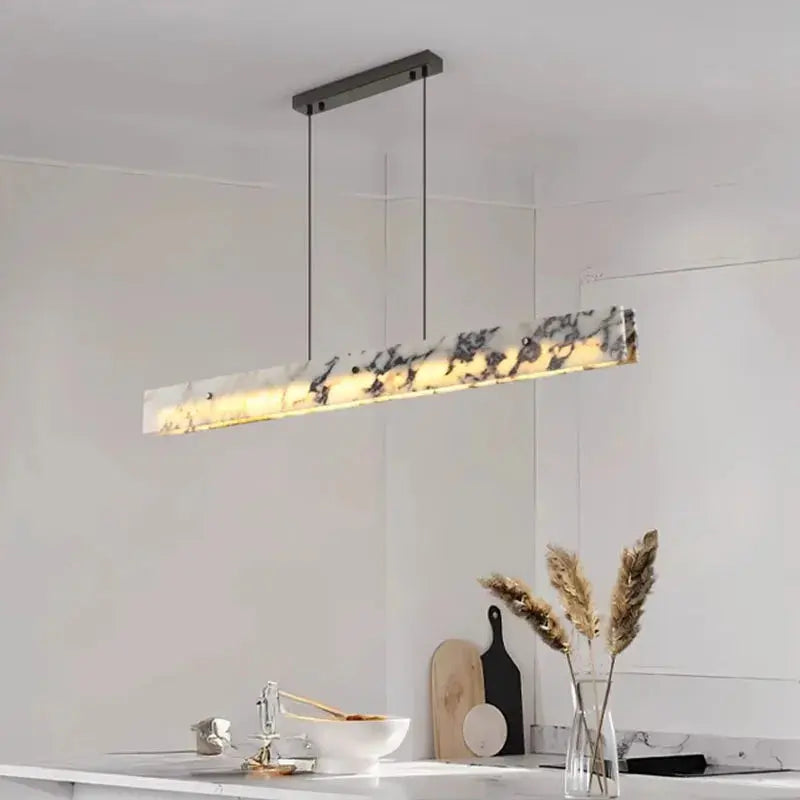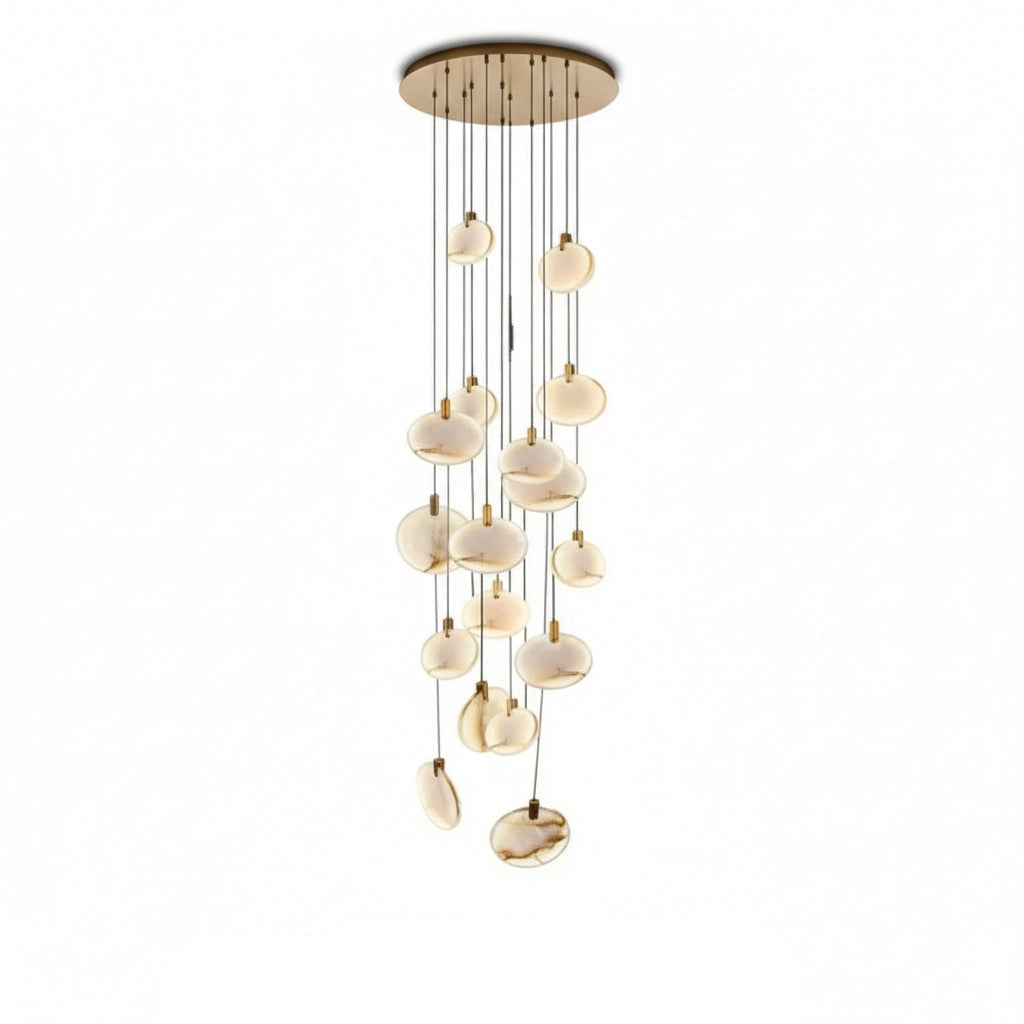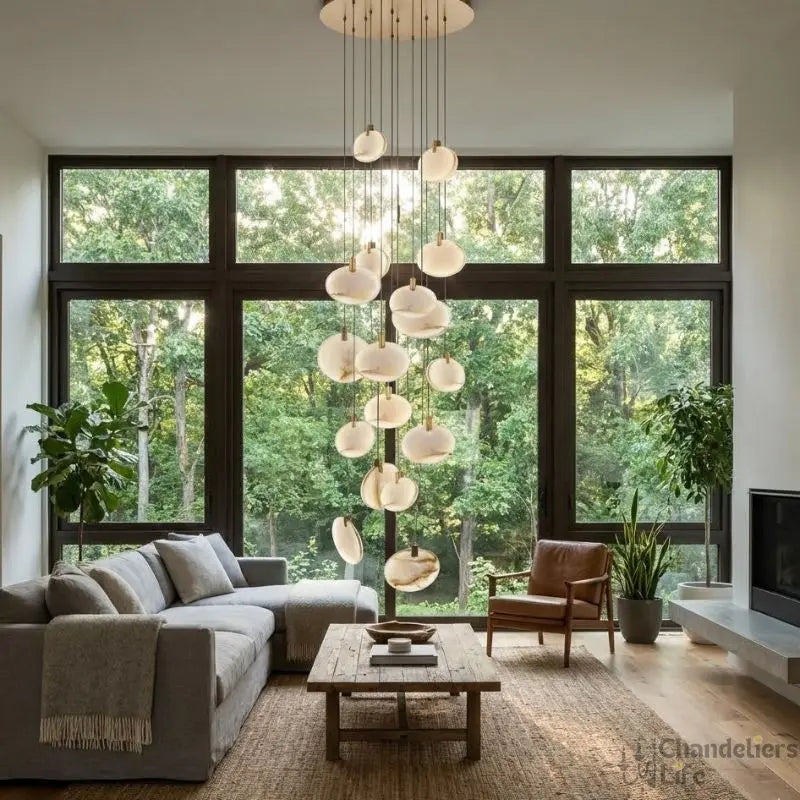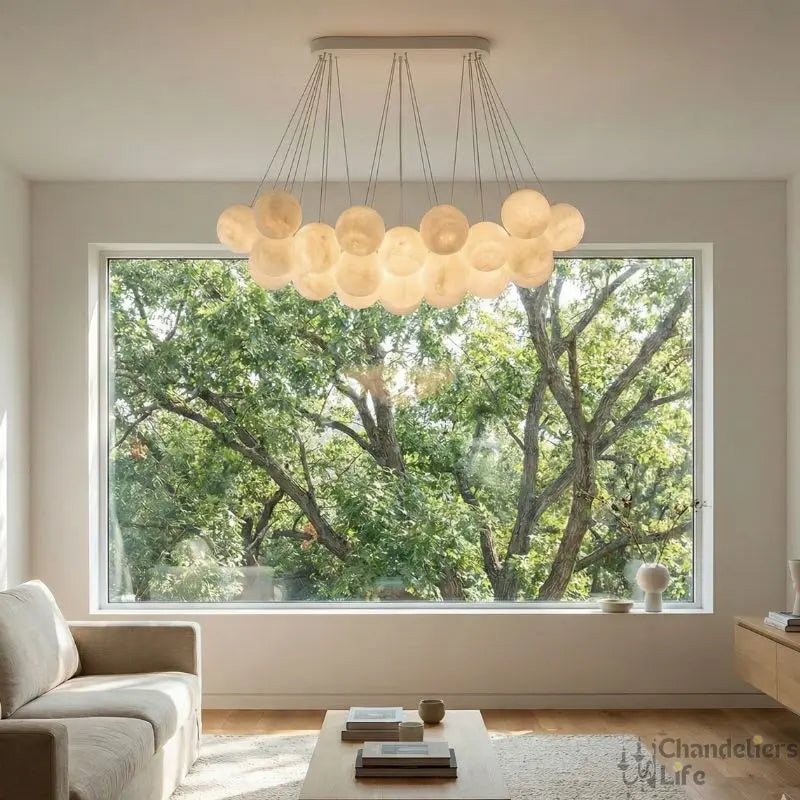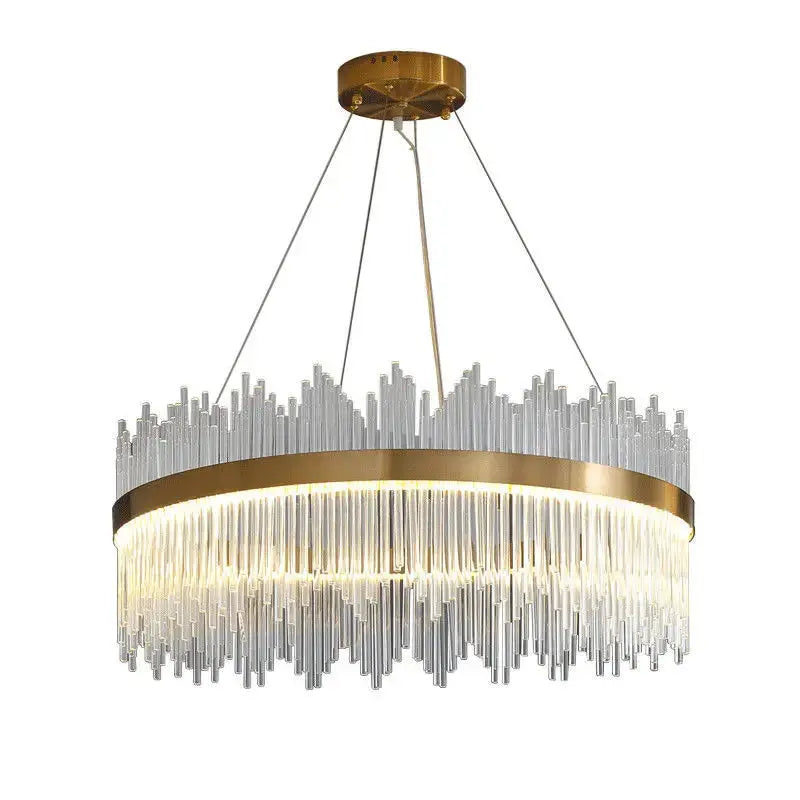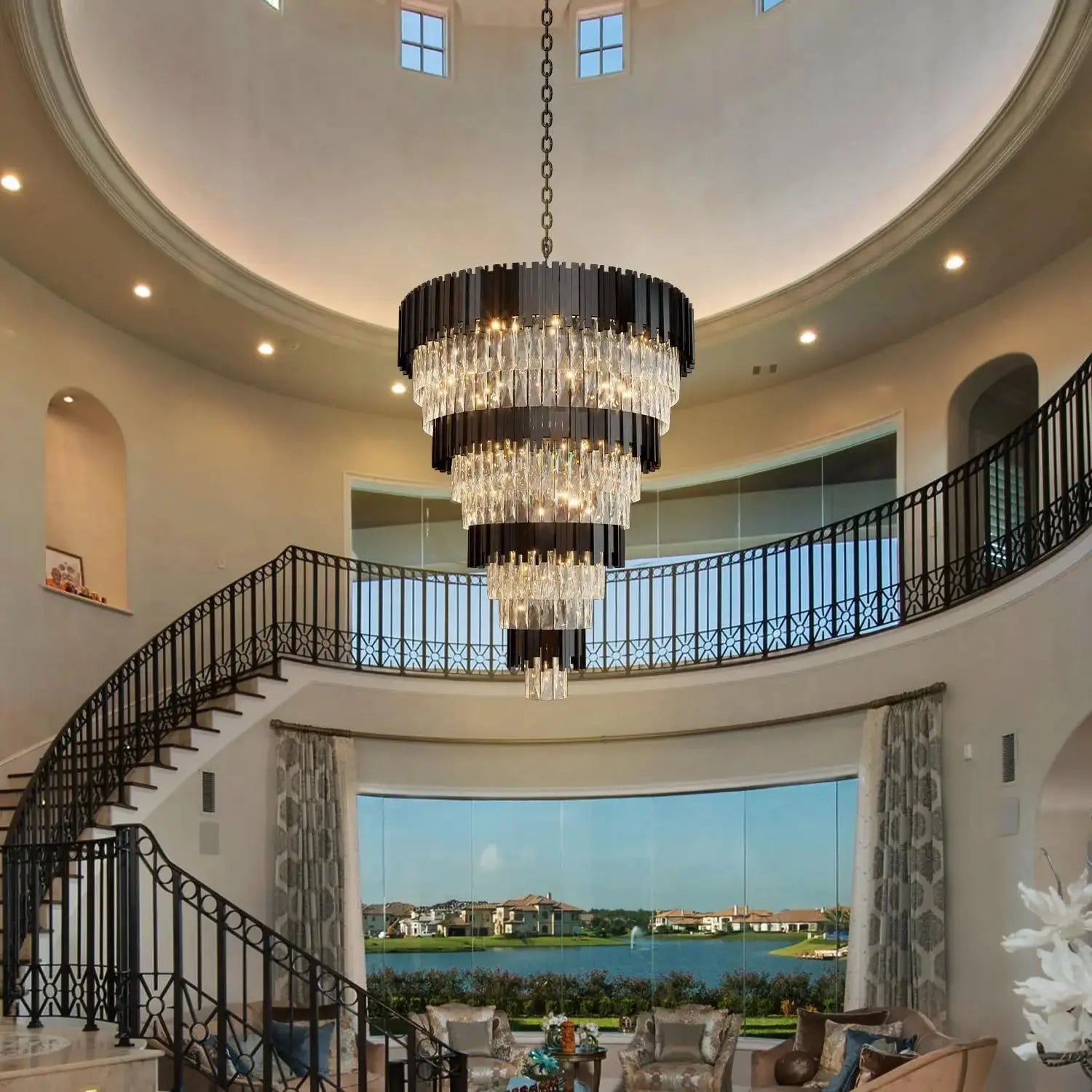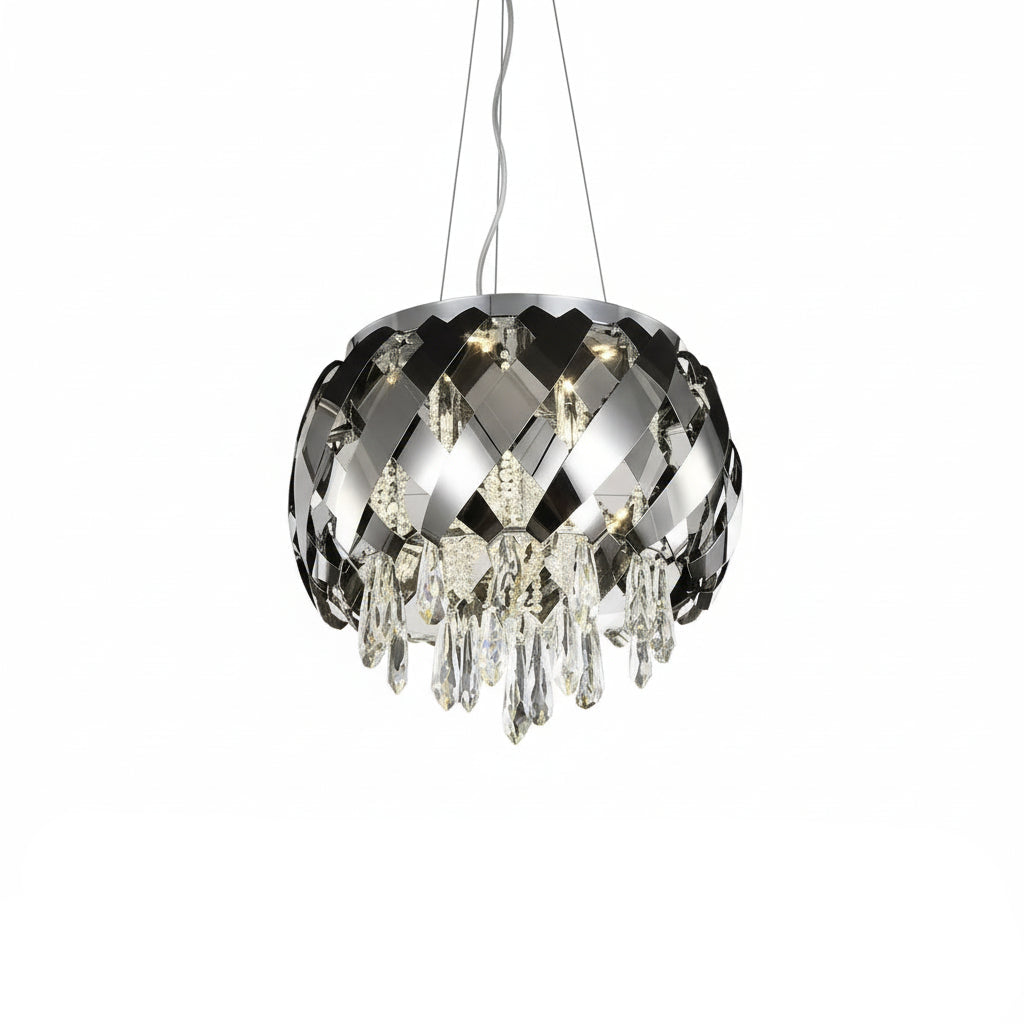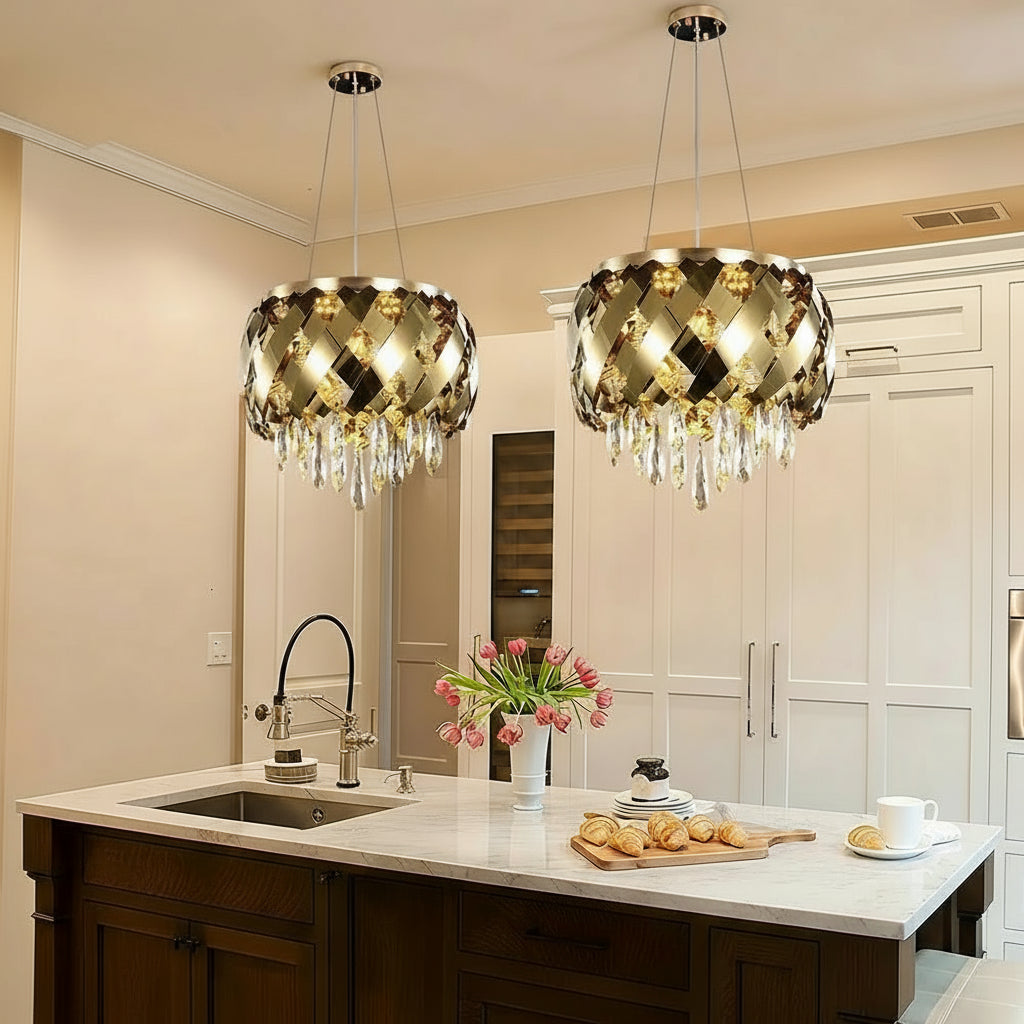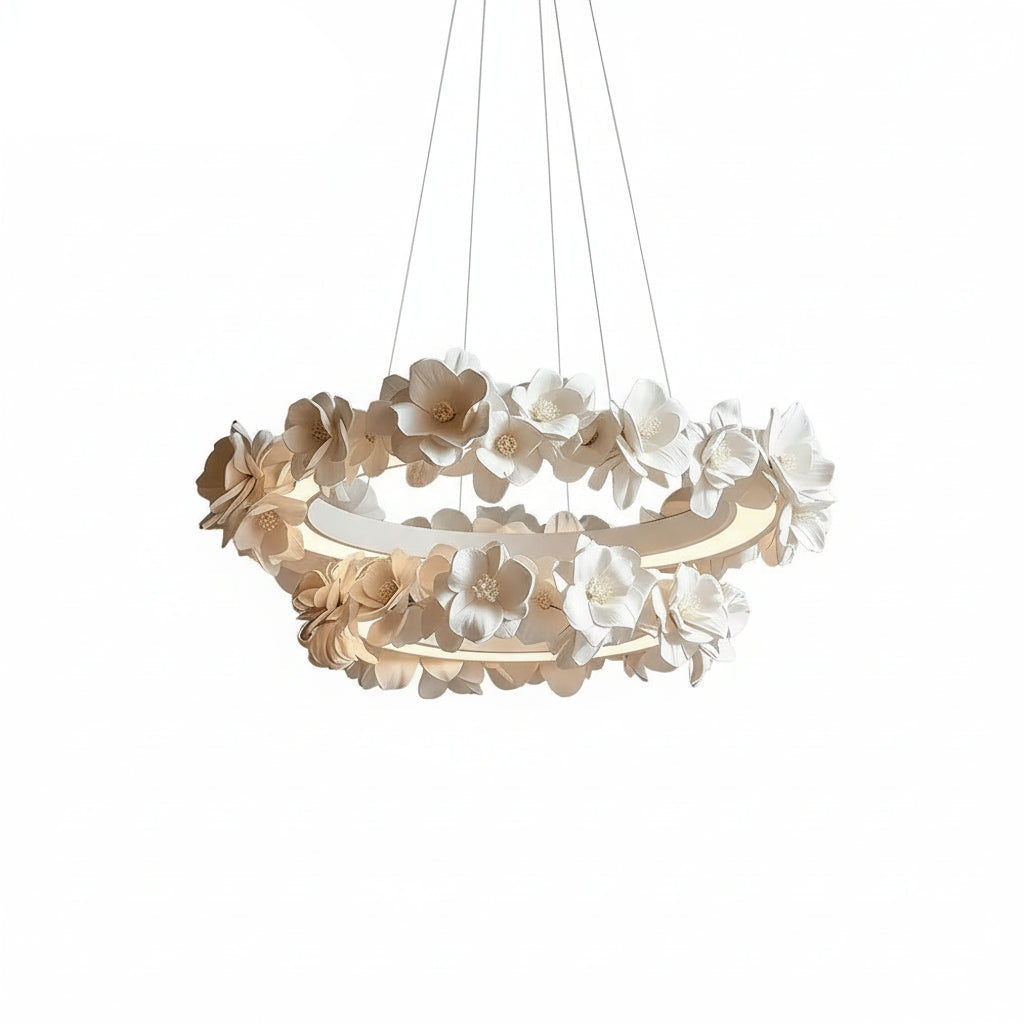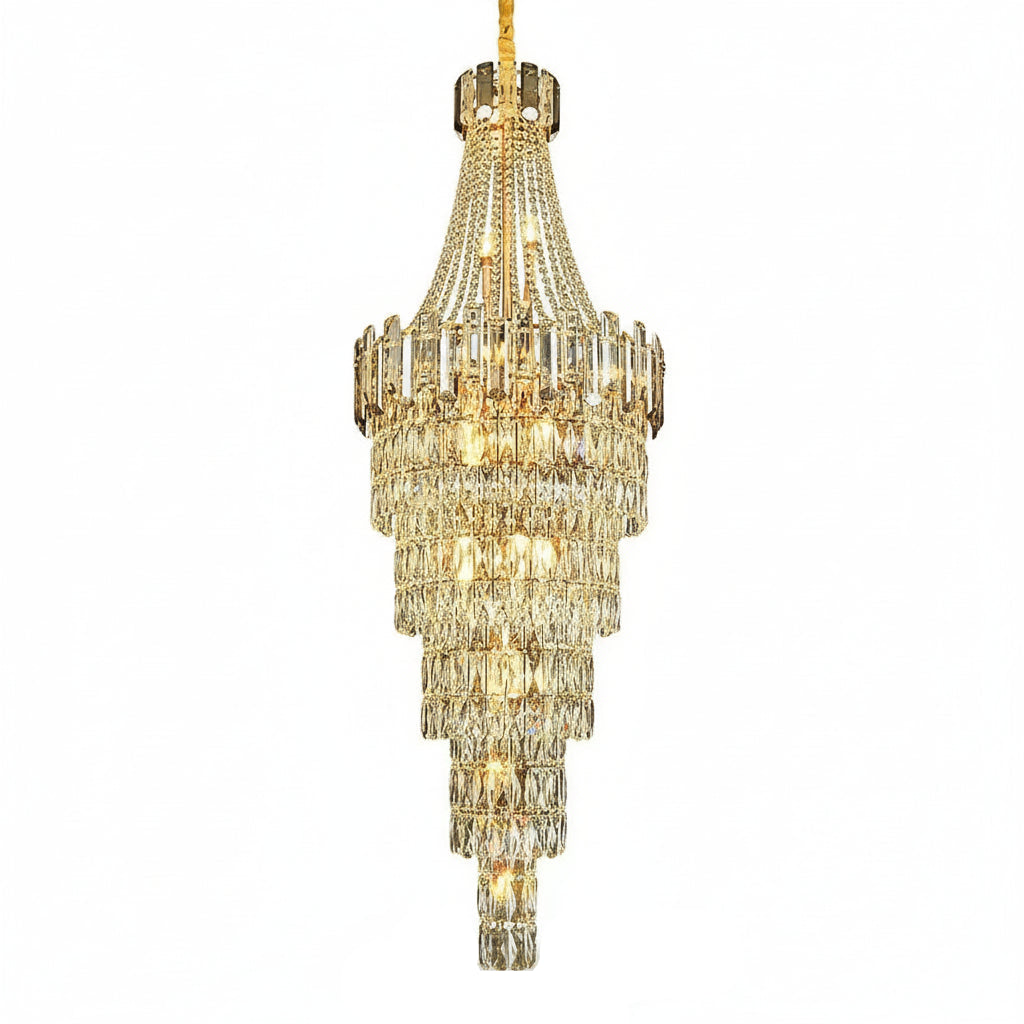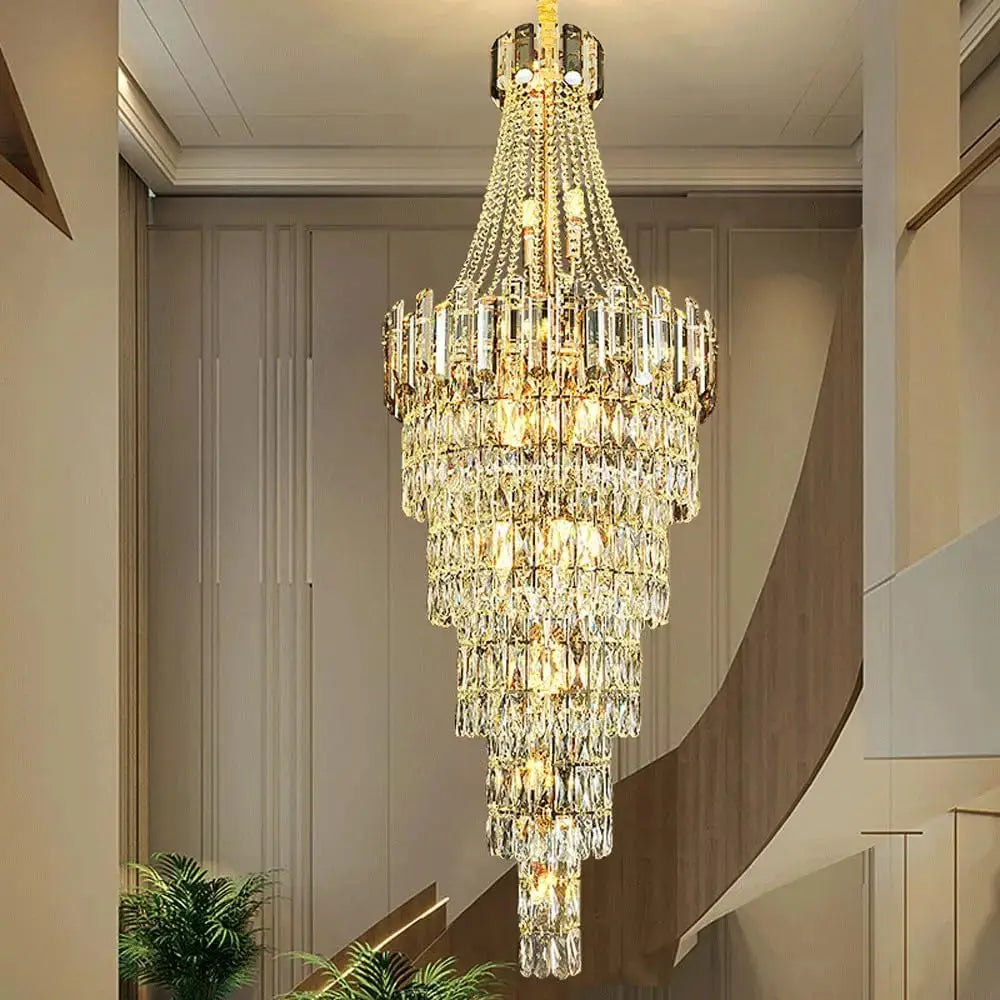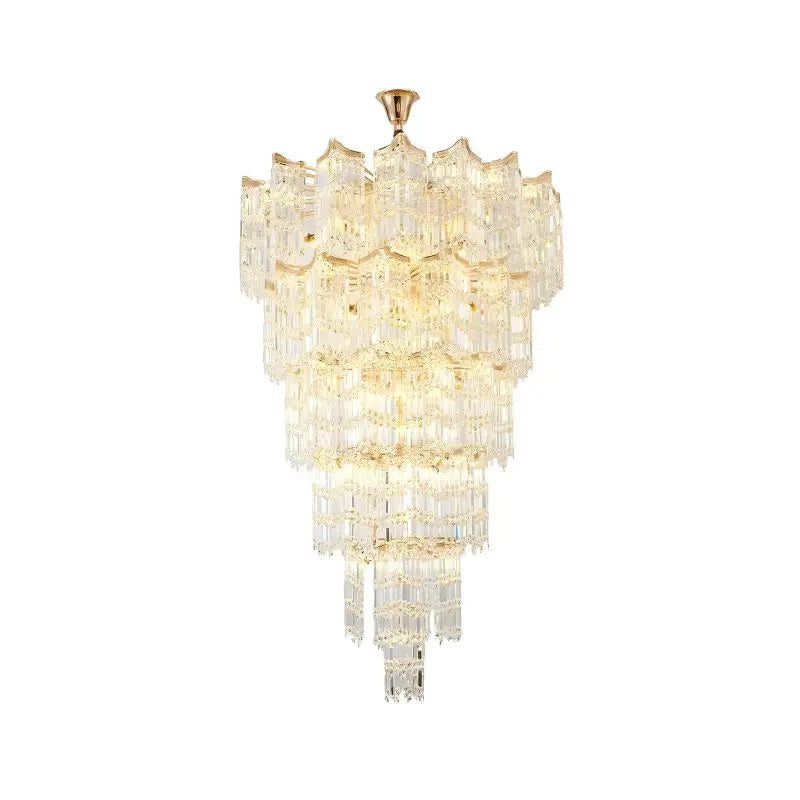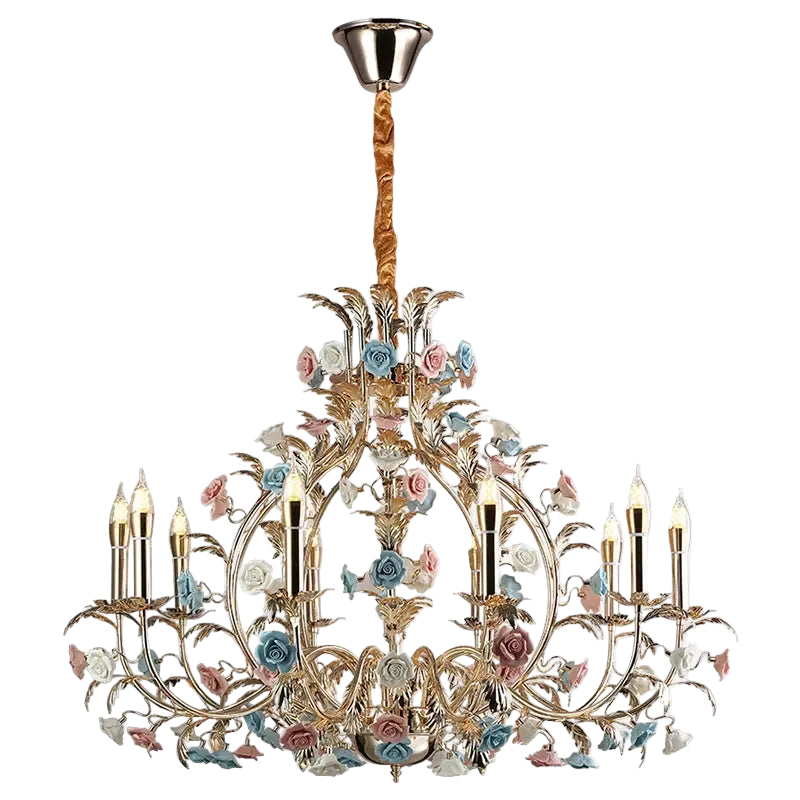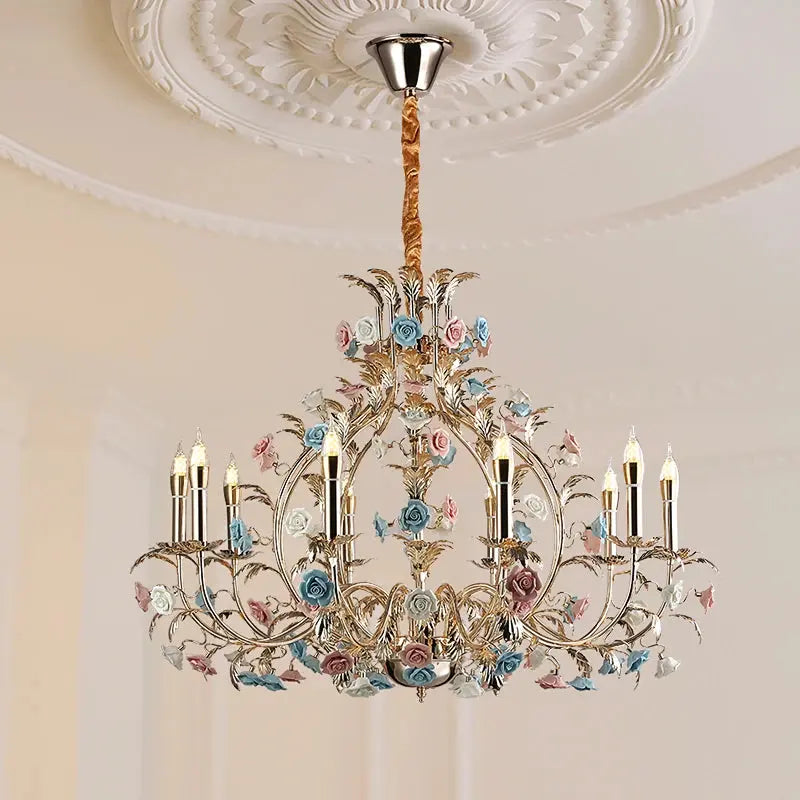Want to make your living space feel more alive? Adding plants is a super easy way to do it. Not only do they look great, but they can also make your home feel more peaceful. Plus, some plants even help clean the air. Whether you're new to caring for plants or already have a green thumb, there are tons of great plants for home decor that can fit any room and any style. Let's look at some top picks that can really brighten up your place.
Key Takeaways
- Plants can make your home look better and feel more calm.
- Consider the light in your room when picking plants.
- Think about how much space you have for plants.
- Some plants are easier to care for than others.
- Always check if a plant is safe for pets and kids.
1. Umbrella Plant
Let's talk about the Umbrella Plant (Schefflera). It's a pretty popular houseplant, and for good reason. They're relatively easy to care for and can really add a tropical vibe to your space. Plus, they grow pretty fast, which is always a bonus if you're impatient like me!
Umbrella Plants can get pretty big, like up to 6 feet tall or even more. But don't worry, you can totally control their size by trimming them regularly. This also helps them get a nice, bushy shape. I've found that a little snip here and there goes a long way. They're not too picky about light either; medium, indirect sunlight is perfect. And the best part? They don't need a ton of water. Seriously, these low-maintenance plants are perfect for those of us who sometimes forget to water our green friends.
I remember when I first got my Umbrella Plant, I was so worried I'd kill it. But honestly, it's been one of the easiest plants I've ever owned. Just a little bit of light and water, and it's been thriving. It's definitely a great choice if you're just starting out with indoor plants.
Here's a quick rundown of why I love Umbrella Plants:
- Easy to care for
- Fast-growing
- Can be trimmed to desired size
- Adds a tropical touch
They're also great at reducing stress and bringing a bit of nature indoors. So, if you're looking for a plant that's both beautiful and easy to take care of, the Umbrella Plant is definitely worth considering.
2. Cast Iron Plant
Okay, so the Cast Iron Plant? It's basically the ultimate survivor. I swear, you could forget to water it for weeks, stick it in a dark corner, and it would still be kicking. It's not going to win any beauty contests with flashy flowers, but its deep green leaves are super reliable and add a nice, solid feel to any room. If you're looking for low maintenance plants, this is it.
- Tolerates low light conditions.
- Withstands infrequent watering.
- Resistant to temperature fluctuations.
Seriously, if you're a plant newbie or just someone who tends to neglect their green friends, the Cast Iron Plant is your best bet. It's like the Chuck Norris of the plant world – tough and dependable.
They're not fast growers, so don't expect a jungle overnight. But honestly, that's part of the appeal. It's a steady, unfussy presence. Plus, they're pretty good at filtering the air, which is always a bonus. I've had mine for years, and it's still going strong. It's a great way to add some greenery without the stress of high-maintenance plants. I'd recommend using a well-draining potting mix to avoid any potential root rot, even though they're pretty resilient. It's just a good practice to have. And that's it, really. Simple, easy, and green.
3. Monstera
Ah, the Monstera, also lovingly known as the Swiss Cheese Plant. It's a classic for a reason! These plants bring a serious dose of style and green vibes to any room. I remember when I first got mine; it was just a little guy, but now it's taken over a corner of my living room in the best way possible.
They're not just pretty faces, though. Monsteras are relatively easy to care for, which is a huge plus in my book. I tend to forget about watering sometimes, but my Monstera is pretty forgiving. Plus, those iconic, holey leaves? Total conversation starter. You can find modern and stylish living space decor to complement your Monstera.
Honestly, if you're looking for a plant that makes a statement without being too high-maintenance, the Monstera is a fantastic choice. It's like the cool, effortlessly chic friend of the plant world.
Here's a quick rundown of what I've learned about keeping my Monstera happy:
- Light: They love bright, indirect light. Too much direct sun can burn their leaves.
- Watering: I usually water mine about once a week, but I always check the soil first. It should be mostly dry before you give it a good soak.
- Humidity: Monsteras appreciate a bit of humidity, so if you live in a dry climate, consider misting it occasionally or placing it near a humidifier.
- Support: As they grow, they might need some support. A moss pole or trellis works great.
I've also noticed that they can be a bit sensitive to overwatering, so it's better to err on the side of underwatering than the other way around. And don't be afraid to prune it if it gets too big! You can even propagate the cuttings to create new plants. It's like a gift that keeps on giving.
4. Hoya Plants
Hoya plants, also known as wax plants, are super popular right now, and for good reason! They're not only beautiful, but they're also relatively easy to care for, making them a great choice for both beginners and experienced plant parents. Plus, they come in a ton of different varieties, so you can definitely find one that fits your style. I've got a couple myself, and I'm always on the lookout for more!
One of the coolest things about Hoyas is their unique flowers. They often have a sweet fragrance, and the blooms can look like little stars or fuzzy balls. It's always a treat when they decide to flower!
Here are a few things to keep in mind when caring for Hoya plants:
- Light: Hoyas generally prefer bright, indirect light. Too much direct sun can scorch their leaves, but not enough light can prevent them from flowering.
- Watering: Let the soil dry out completely between waterings. They're succulents, so they store water in their leaves and stems. Overwatering is a surefire way to kill them.
- Soil: Use a well-draining potting mix. A mix designed for succulents or orchids works well.
- Humidity: Hoyas appreciate humidity, but they can tolerate normal household humidity levels. If you live in a dry climate, you can mist them occasionally or place them near a humidifier.
I remember when I first got into Hoyas, I was so intimidated by all the different varieties. But once I learned the basics of their care, I realized they're actually pretty low-maintenance. Now, I'm obsessed with collecting them! They're such a fun and rewarding plant to grow.
If you're looking to add some interesting texture and visual appeal to your space, a Hoya plant is a great option. They look fantastic in hanging baskets, on shelves, or even climbing up a trellis. Plus, their unique flowers are sure to be a conversation starter!
5. ZZ Plant

The ZZ plant (Zamioculcas zamiifolia) is seriously low-maintenance. I mean, really low-maintenance. It's perfect if you tend to forget about watering your plants. I've had mine for ages, and honestly, I think I water it maybe once a month, if that. It's still thriving. They can handle low light conditions too, so you don't need to worry about finding a sunny spot. It's a great plant for beginners or anyone who wants something that basically takes care of itself. Plus, the glossy green leaves look pretty stylish.
ZZ plants are also known for their air-purifying qualities, which is a nice bonus. They can remove toxins like xylene, toluene, and benzene from the air. So, you're not just getting a pretty plant, you're also improving your indoor air quality.
Here's a quick rundown of why ZZ plants are awesome:
- Extremely drought-tolerant drought-tolerant
- Tolerates low light
- Air-purifying
- Visually appealing with glossy leaves
Basically, if you want a plant that looks good and requires minimal effort, the ZZ plant is the way to go. You can find them at most garden centers or even some grocery stores. They're pretty common and relatively inexpensive. Just don't overwater it, and it'll be happy.
6. Hibiscus
Hibiscus plants are just so vibrant, aren't they? I remember my grandma had one on her porch, and it always felt like summer. They're not just pretty; they can really brighten up a space. The big, showy flowers come in all sorts of colors – red, pink, orange, yellow – you name it. They definitely add a tropical vibe, even if you're nowhere near the tropics.
They do need a bit of attention, though. You can't just stick them in a dark corner and forget about them. They love sunlight, so a sunny window is a must. And they need regular watering, especially when they're blooming. But honestly, the effort is worth it when you see those gorgeous flowers. Plus, you can even bring them outside during the warmer months to give your patio or deck a pop of color. Just make sure to bring them back in before it gets too cold. If you are looking for indoor plant pots, there are many options available.
I've found that a little fertilizer every few weeks during the growing season really helps them thrive. And don't be afraid to prune them! It encourages more blooms and keeps them from getting too leggy. Overall, hibiscus plants are a fantastic way to add some life and color to your home decor.
7. Succulents
Succulents are like the low-maintenance friends everyone needs. They're super popular for home decor because they come in so many shapes, sizes, and colors. Plus, they're pretty forgiving if you forget to water them for a bit. Let's be real, we've all been there.
One of the best things about succulents is how versatile they are. You can stick them in just about any container, from cute little teacups to big, dramatic terrariums. They look great on shelves, windowsills, or even as part of a living room plants centerpiece. And because they don't need a ton of water, they're perfect for people who travel a lot or just tend to be forgetful.
Succulents are a great choice for adding some green to your space without a lot of fuss. They thrive on neglect, making them ideal for busy people or those new to plant care. Just make sure they get enough sunlight and don't overwater them, and they'll be happy campers.
Here are a few popular succulents to consider:
- Echeveria: These rosette-shaped succulents come in a variety of colors and are super easy to care for.
- Haworthia: Also known as zebra plants, these little guys have cool stripes and do well in bright, indirect light.
- Jade Plant: A classic succulent that's said to bring good luck. Plus, they're really resilient.
- **Sansevieria Punk: ** A super stylish, easy-care choice with a uniquely funky spray of long, rigid foliage.
- Peperomia Rotundifolia: A gorgeous trailing succulent, also known as a Jade Plant. This will nestle beautifully on a shelf thanks to his compact size.
Succulents are also great for propagating, which means you can easily make more plants from just one. It's like a gift that keeps on giving! So, if you're looking for a way to add some life to your home without a ton of effort, succulents are definitely the way to go. They're stylish, easy to care for, and come in so many varieties that you're sure to find one (or ten) that you love. You can even find some that are drought-tolerant and can handle infrequent watering and neglect.
8. Areca Palm

Areca palms are like bringing a mini-tropical vacation right into your living room. Seriously, these plants are awesome. Their feathery fronds just scream 'chill vibes'. They're also pretty good at cleaning the air, which is a nice bonus.
Areca palms need bright, indirect light to really thrive. Don't stick them in a dark corner and expect miracles. Think sunny spot, but with a sheer curtain filtering the harsh rays. Watering is key too – keep the soil consistently moist, but not soggy. Nobody likes soggy feet, not even plants.
Here's a quick guide to keeping your Areca palm happy:
- Light: Bright, indirect sunlight
- Water: Keep soil consistently moist
- Humidity: They love humidity, so mist regularly
- Fertilizer: Feed monthly during the growing season (spring/summer)
I got an Areca palm last year, and it's been a game-changer. It really brightens up the room, and it's surprisingly easy to care for. I just make sure to water it every week or so, and it seems perfectly happy. Plus, it makes me feel like I'm on vacation, even when I'm just stuck at home doing laundry. If you're looking for a plant that's both beautiful and low-maintenance, an Areca palm is definitely the way to go. You can find great indoor palms at your local nursery.
They can get pretty big, so make sure you have enough space. But honestly, the impact they make is worth rearranging a little furniture. Plus, they're relatively easy to care for, which is always a win in my book. I'm all about low-maintenance plants!
9. Blushing Bromeliad
If you're looking to add a pop of color and a touch of the tropics to your home, the Blushing Bromeliad (Neoregelia bromeliad) is an excellent choice. Its most striking feature is the vibrant red center that appears as the plant matures, resembling a blush. It's a relatively low-maintenance plant, making it suitable for both beginners and experienced plant enthusiasts.
Here are a few things to keep in mind when caring for a Blushing Bromeliad:
- Light: They thrive in bright, indirect light. Avoid direct sunlight, which can scorch their leaves.
- Watering: Unlike most plants, you water the central cup of the bromeliad, keeping it consistently moist. Flush the cup with fresh water every month or so to prevent salt buildup.
- Humidity: Blushing Bromeliads appreciate humidity, so misting them occasionally or placing them near a humidifier can be beneficial.
- Temperature: They prefer temperatures between 65°F and 80°F (18°C - 27°C).
Blushing Bromeliads are epiphytes, meaning they naturally grow on other plants in the wild. This characteristic makes them adaptable to various potting mixes, including orchid bark or a well-draining potting soil. They also produce pups (baby bromeliads) after flowering, which can be separated and repotted to propagate new plants. This is a great way to expand your collection or share with friends!
With its unique watering needs and striking appearance, the Blushing Bromeliad is sure to be a conversation starter in your home. Consider placing it in a decorative pot that complements its vibrant colors to enhance your home decor.
10. Spider Plant
Spider plants are super popular, and for good reason! They're easy to care for and they look great in just about any room. Plus, they're known for being excellent air purifiers, which is always a bonus. I remember my grandma always had a spider plant hanging in her kitchen – it was huge and always had tons of little "spiderettes" dangling down. It's a great way to add some greenery without a ton of fuss.
Spider plants are adaptable and can thrive in various conditions, making them perfect for beginners.
Here are a few things to keep in mind when caring for a spider plant:
- Light: They prefer bright, indirect light. Too much direct sunlight can scorch their leaves. A spot near a window with a sheer curtain is ideal.
- Watering: Water them when the top inch of soil feels dry. Be careful not to overwater, as this can lead to root rot. Good drainage is key.
- Propagation: One of the coolest things about spider plants is how easy they are to propagate. Those little spiderettes can be snipped off and planted in their own pots. Just make sure they have some root growth before you separate them from the mother plant.
I've found that spider plants are pretty forgiving. I've definitely neglected mine a few times, and they always seem to bounce back. They're a great choice if you're looking for a low-maintenance plant that still adds a lot of visual interest to your space. Plus, propagating them is a fun way to expand your plant collection or share with friends.
Spider plants are also great for small living rooms. They don't take up a ton of space and their cascading foliage adds a nice touch of elegance. They're also non-toxic to pets, so you don't have to worry about your furry friends getting sick if they decide to take a nibble. Overall, the spider plant is a solid choice for anyone looking to add some easy-going greenery to their home.
Conclusion
So, there you have it! Bringing plants into your home is a simple way to make things look nicer and feel more peaceful. Whether you're into big, leafy statement plants or just a few small ones for your desk, there's a plant out there for everyone. They really do make a difference, adding a bit of nature and a fresh vibe to any room. Go ahead, pick out a plant or two, and watch your space come alive!
Frequently Asked Questions
Why should I put plants in my home?
Bringing plants into your home does a lot of good! They make your space look nicer by adding color and life. They also help clean the air, which can make you feel better. Plus, being around plants can make you feel calmer and happier. It’s like bringing a little piece of nature indoors.
How do I choose the right plants for my living room?
When picking plants for your living room, think about how big the room is. Small rooms look good with smaller plants on shelves, while big rooms can handle large plants that stand out. Also, check how much sunlight your room gets. Some plants love lots of sun, and others prefer shadier spots. Lastly, consider your furniture. If you have a lot of stuff, choose smaller plants so they don't make the room feel too full. If your room is pretty empty, a big plant can add some excitement.
What's the best plant for a living room?
The best plant for your living room really depends on what you like and what your room is like. If you want a tropical feel, a Monstera is great and can be a centerpiece. If you like plants that hang down, Hoya plants are perfect for softening up a modern space. For rooms with less light, a ZZ Plant is a good choice because it doesn't need much sun. If your room gets a lot of light, a Hibiscus will love it. You can also use small succulents on tables or shelves.
Are there any plants I should avoid if I have pets or kids?
Yes, some plants can be harmful if eaten by pets or small children. It's important to choose plants that are safe, or to put them in places where pets and kids can't reach them, like in hanging baskets. This also helps keep your plants safe from curious hands and paws!
How can I keep my houseplants healthy?
To keep your plants healthy, make sure you give them the right amount of water – not too much, not too little. Most plants like to dry out a bit between waterings. Also, make sure they get the right amount of light for their type. Some plants need more light than others. Giving them plant food every now and then can also help them grow strong. And don't forget to wipe dust off their leaves so they can breathe better!
Can I have plants if I have a small living room?
Absolutely! Plants are wonderful for small spaces. You can use small succulents on windowsills or coffee tables. Hanging plants are also great because they use vertical space without taking up floor room. Even a tall, slender plant can fit nicely in a corner without making a small room feel crowded.


